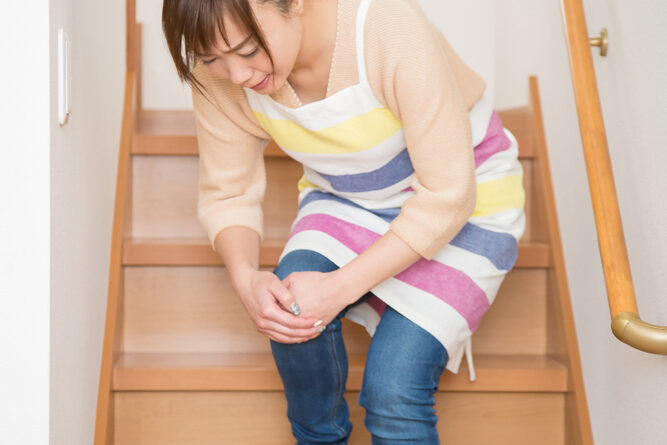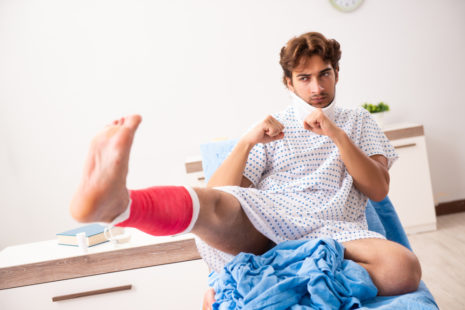If you have a torn ACL (anterior cruciate ligament), it’s important to avoid certain movements and activities that can exacerbate the injury or increase the risk of further damage to the knee joint.
Here are some movements and activities to avoid with a torn ACL…
- Pivoting and Twisting Movements – Rapid pivoting, twisting, and cutting movements, such as those commonly performed in sports like basketball, soccer, and tennis, can place significant stress on the knee joint and increase the risk of instability or further injury to the torn ACL. Avoid sudden changes in direction, sharp turns, and pivoting on the affected knee.
- Jumping and Landing – Jumping and landing activities, including jumping jacks, plyometric exercises, and high-impact sports like basketball and volleyball, can place excessive strain on the knee joint, especially if the ACL is torn. Avoid activities that involve jumping, bounding, or landing forcefully on the affected leg.
- Running and Sprinting – Running and sprinting activities can place considerable stress on the knee joint, particularly during acceleration, deceleration, and changes in speed or direction. Avoid running and sprinting activities until the torn ACL has been properly evaluated and treated by a healthcare professional.
- Squatting and Lunging – Deep squatting and lunging movements can place excessive strain on the knee joint, especially if the ACL is torn and stability is compromised. Avoid deep squatting, lunging, and exercises that require significant knee flexion until the injury has healed and rehabilitation has been completed.
- Heavy Lifting – Heavy lifting exercises, such as squats, deadlifts, and leg presses, can place stress on the knee joint and increase the risk of instability or injury, especially if proper form and technique are not maintained. Avoid heavy lifting exercises that place excessive strain on the knee joint until the torn ACL has been adequately rehabilitated.
- High-Impact Activities – High-impact activities, such as running on hard surfaces, jumping from heights, and participating in contact sports, can increase the risk of further injury to the torn ACL and surrounding structures. Avoid high-impact activities that may exacerbate the injury or delay healing.
- Unstable Surfaces – Activities performed on unstable surfaces, such as balance boards, unstable platforms, or uneven terrain, can challenge knee stability and increase the risk of falls or injury, especially if the ACL is torn. Avoid activities that require balance and stability on unstable surfaces until the knee has regained sufficient strength and stability.
It’s important to consult with a healthcare professional, such as an orthopedic surgeon or physical therapist, for proper evaluation, diagnosis, and treatment of a torn ACL. They can provide guidance on activity modification, rehabilitation exercises, and appropriate interventions to help you recover safely and effectively from the injury. Following their recommendations and avoiding high-risk movements and activities can help protect the knee joint and facilitate optimal healing of the torn ACL.




